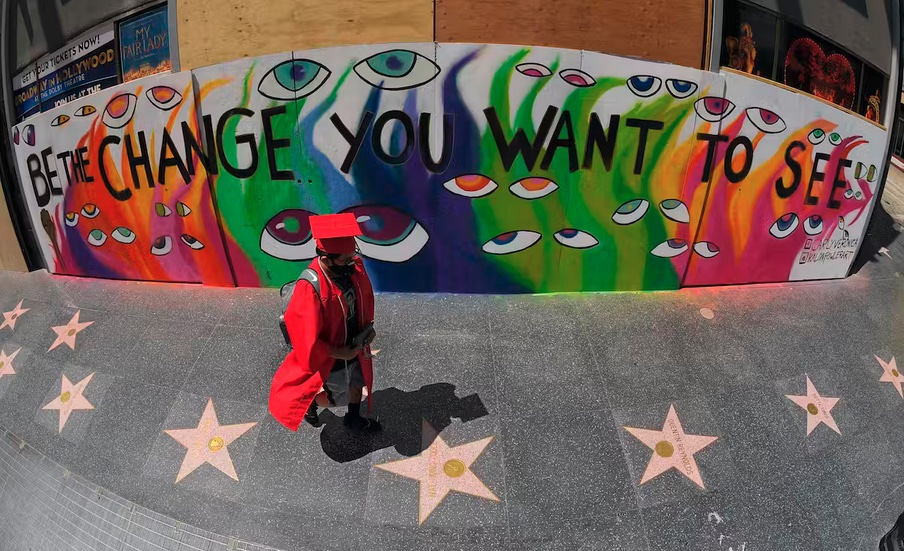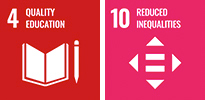
A study of more than 155,000 students in the Toronto District School Board found only 55 per cent of students who self-identify as Black are applying to post-secondary education.
Many high school students are now choosing their courses for the coming year.
The choices students make in grades 10 and 11 will have a significant impact on their lives after graduation. But students, families — and even educators — have little information about the outcomes associated with different course types.
Our research drew on data from 10 cohorts of Toronto District School Board students to track their progress for five years from the start of Grade 9.
We found a strong association between students completing at least one Grade 12 “U” (university) course by the end of high school and applying for any post-secondary education (not only university, but also college). We also found differences across race and disability in terms of which students are taking “U” courses and which aren’t.
These findings are especially important for students, families and guidance counsellors at this time of year as youth are choosing courses.
Read the full article co-authored by Carl E. James (Professor, Jean Augustine Chair in Education, Community & Diaspora, York University), Gillian Parekh (Canada Research Chair (Tier 2) in Inclusion, Disability and Education, York University), and their colleagues, on The Conversation Canada website.

